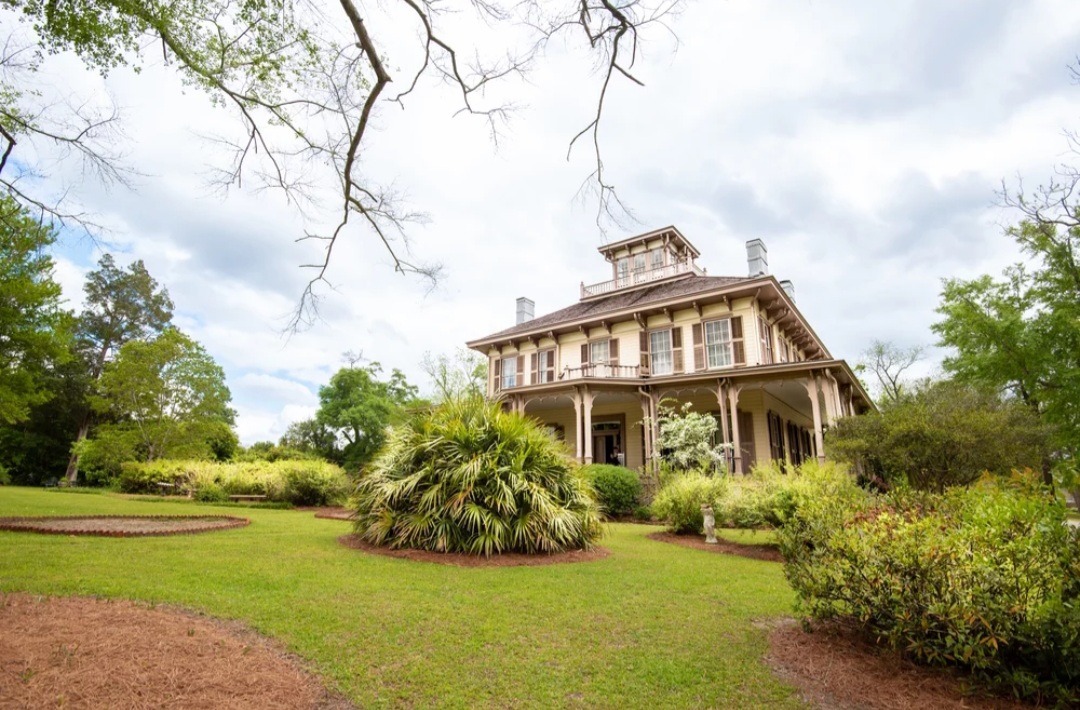By Antonio Ray Harvey | California Black Media
About two years ago, Sacramento-based hip hop artist Timothy Patterson, who goes by the street name “Mozzy,” released a video letting his fans know that he was roughly two weeks into recovery. He had just kicked his drug addiction, the rapper said.
In the 52-second clip, strong language laces raw emotion as Mozzy lets down his guard going public with a personal struggle that he had been hiding behind the glitz of celebrity hustling and high rolling.
“It’s been hard,” Mozzy confesses into the camera as he breaks the seal and turns the cap to open up the bottle he is holding. “Any young [person] doing that [expletive]: bro, you understand me, this should force you to stop,” he says as he pours the thick, purple liquid out onto the ground.
Mozzy’s former drug of choice: “syrup,” also known as”sizzurp,” “purple drank,” or “lean.”
Promethazine Codeine-based prescription cough syrup mixed with soda, usually Sprite, are the main ingredients in the potent and highly-addictive concoction hip hop songs have popularized. Throw in some Jolly Ranchers for extra thickness and a fruitier taste.
Mozzy, who is based in the historic African-American section of the Oak Park neighborhood in California’s capital city, is known for his 2017 hip hop hit “Sleep Walkin’” and another banger, “Seasons,” which is featured on the soundtrack of the 2018 movie “Black Panther.”
The rapper says his intentions in the video are clear. He wants his fans who abuse drugs to quit, too.
At the end of the video, Mozzy walks away – both a literal and figurative “bouncing” from his addiction. But his decision to give up syrup contrasts with the posture of many rappers and singers who have only glorified “lean” in their music and videos.
Syrup first popped up in hip hop culture in the Southwest and Deep South states. Songs by Three 6 Mafia (“Sippin on Some Sizzurp”), Lil Wayne (“Me and My Drank”), and Future (“Dirty Sprite”) toasted the drugged-up drink.
DJ Mustard’s song, “Ballin‘” with Roddy Ricch, which is currently in high rotation on radio and trending on digital music platforms, dedicates a line to indulging in syrup.
Syrup’s main ingredient codeine, considered an opioid, is deadly. Misuse of it and other opioids — including Heroin and synthetic prescription ones like Fentanyl — are on the rise, particularly among African Americans. And there and more overuse deaths than ever before.
For many, prevention information and treatment, are still out of reach.
“We have seen a sharp rise in communities of color and urban communities of overdoses and deaths related to illegal opioids, including heroin,” said Chet P. Hewitt, president and CEO of The Center at the Sacramento-based Sierra Health Foundation (The Center).
Hewitt’s organization is managing the state of California’s Medication Assisted Treatment (MAT) Access Points Project in partnership with the California Department of Health Care Services (CDHCS), the federal government and a number of media organizations, including ethnic and other niche news outlets.
The Center’s MAT public awareness campaign titled “Choose Change California,” provides information on opioid use disorder and a list of statewide community organizations providing wraparound and prevention and education services and centers where people addicted to opioids can go for Medication Assisted Treatment, a trusted treatment using medications and counseling.
Across the United States in 2018, more than 10 million Americans misused opioids, according to the U.S. Department of Health and Human Services (USDHHS). About 67,000 people around the country died from overdoses.
That same year, about 6,800 African Americans in the United States died from overdoses, according to the Kaiser Family Foundation (KFF). The death rate from overdoses of the synthetic opioid Fentanyl, often used to lace marijuana cigarettes and other drugs, is rising fastest among African Americans.
“Unlike Syrup, a fixed fabrication of sorts, health providers often prescribe opioids, such as hydrocodone and oxycodone, like pain relievers,” said Munta Davis, a physician and health officer for the Los Angeles County Public Health Department.
He said that the prescription can easily become addictive if patients stay on the drug after they have healed.
Opioids generate “strong and pleasurable feelings,” Davis said. However, over time, the more the body acclimates to the drug, the more it craves that initial feeling. It’s that need to increase consumption that “ultimately drives the physical and mental addiction that comes with the drug,” Davis said.
In California, there were a total of 2,199 opioid overdose deaths in 2017, according to data compiled by KFF, the Centers for Disease Control (CDC) and the National Center for Health Statistics (NCHS). Blacks accounted for 147 of them; Hispanics, 483; and White deaths totaled 1,397. California has the fourth highest rate of deaths from opioid misuse in the country.
“In order to effectively address the opioid epidemic, it is important to recognize that opioid abuse and overdose is closely tied to other trends in the state,” the California Department of Public Health (CDPH) said in a statement.
The opioid epidemic is a contributing factor to California’s homelessness crisis, according to CPDH.
In Los Angeles County alone, there was an average of 464 accidental opioid-related deaths each year from 2011 to 2017, according to the Los Angeles County Department of Public Health (LACDPH).
Roll back about seven years before Mozzy went public with his opioid addiction. Award-winning recording artist Lil Wayne, born Dwayne Michael Carter, Jr., nearly lost his life to the narcotic cocktail of codeine. In March 2013, a Los Angeles hospital admitted him after “suffering a seizure,” Partnership for Drug-Free Kids (DrugFree.org) reported. His doctors discovered that the rapper’s digestive system was laced with codeine, which triggered the physical convulsion.
Lil Wayne and his passion for syrup went on to make more headlines when he had three more reported bouts of seizures, all related to “Dirty Sprite,” a common name for the liquid opioid cocktail. He specifically plugs the drink on his track “Sucker For Pain.”
Mozzy, who just put out a collab with rapper SpenDoe this month titled “Omertà,” has some advice for people who want to overcome opioid abuse.
“Drink a lot of water at the minimum,” Mozzy instructs his fans. “[Expletive] that cup. They say ‘health is wealth.’ I need mine bad.”






